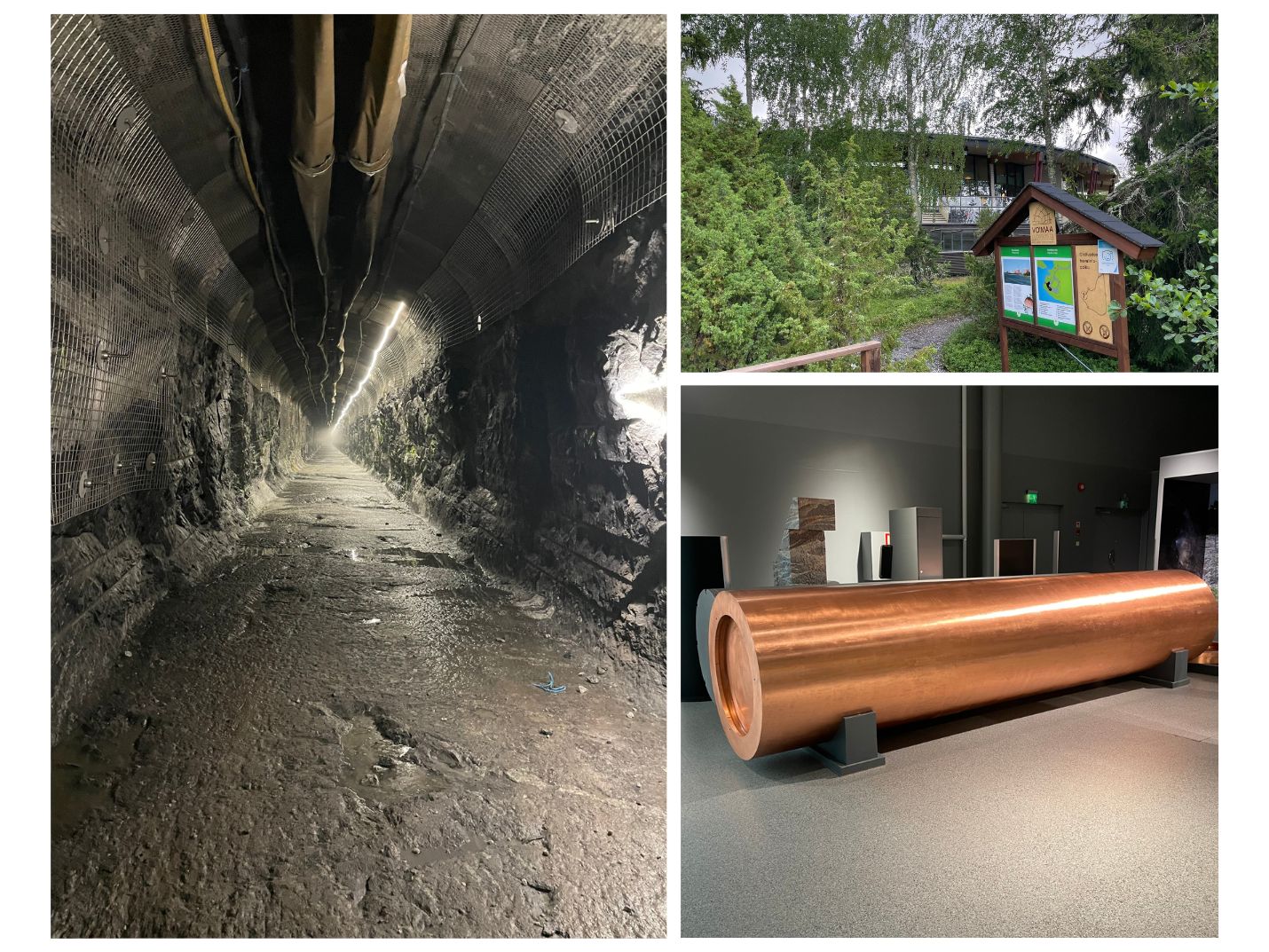As we approach site selection later this year, the Nuclear Waste Management Organization (NWMO) is continuing engagement and looking for new ways to share knowledge with the local communities in the potential host areas for Canada's deep geological repository.
Over the past months, delegations of community members from Wabigoon Lake Ojibway Nation, Ignace, South Bruce, Saugeen Ojibway Nation, Dryden and others had the opportunity to travel to Finland with the NWMO. They travelled to take a closer look at the world’s first deep geological repository for used nuclear fuel and received a glimpse of what hosting a repository could look like.
Most of the people who attended the tour have been learning about the NWMO’s project for many years, and we heard from many upon returning that the scale and safety of the Finland deep geological repository was inspiring.
“To think that a project of this magnitude could come to northern Ontario and benefit our community and many others the way that Eurajoki, Rauma, and so many other towns [in Finland] have benefited is extremely exciting,” said Ignace resident Cindy Stark, who took part in the Finland tour. “For Ignace to be a part of a sustainable solution for Canada’s nuclear waste should make all of us very proud and humble at the same time.”
Posiva is the Finnish counterpart to the NWMO, and they hosted the Canadian visitors. Their deep geological repository, which is called Onkalo, should be operational within the next year.
“My recent tour of Onkalo was very educational,” said South Bruce Councillor Mike Niesen. “Although there are differences in the start- to- end product due to reactor types and encapsulation processes, I believe we are on the right path to making an informed decision that affects future generations, using a democratic process throughout it all.”
Both Canada’s and Finland’s deep geological repositories for used nuclear fuel are based on many decades of research and international collaboration. The approaches are similar and use the same multiple-barrier concept, where the used nuclear fuel is placed in steel or cast-iron tubes surrounded by copper, then stored in tunnels 400 to 700 metres below the surface in solid bedrock. At both sites, the used fuel will be monitored and could be retrieved for an extended period of time.
Many of the tour members were from the potential host communities for Canada’s deep geological repository for used nuclear fuel, and this visit was an important part of their learning regarding the impacts of this sort of facility. They were able to ask questions and hear directly from local officials about the impact the facility has had on their community.
For instance, they learned that the visitors’ centre for Finland’s Onkalo facility receives 15,000 visitors annually. That was only one of the economic advantages that the Onkalo repository offers to communities through employment opportunities and economic expansion.
One of the first ways Canada’s deep geological repository for used nuclear fuel will come to life in the siting area will be the Centre of Expertise. This facility will be home to hundreds of high-value jobs and is expected to attract visitors from around the world.
The Wabigoon Lake Ojibway Nation-Ignace area in northwest Ontario and the Saugeen Ojibway Nation-South Bruce area in southern Ontario are the two remaining areas in our site selection process. The NWMO plans to choose a site in 2024. Canada’s plan will only proceed in an area with informed and willing hosts, where the municipality, First Nation and Métis communities, and others in the area are working together to implement it.

